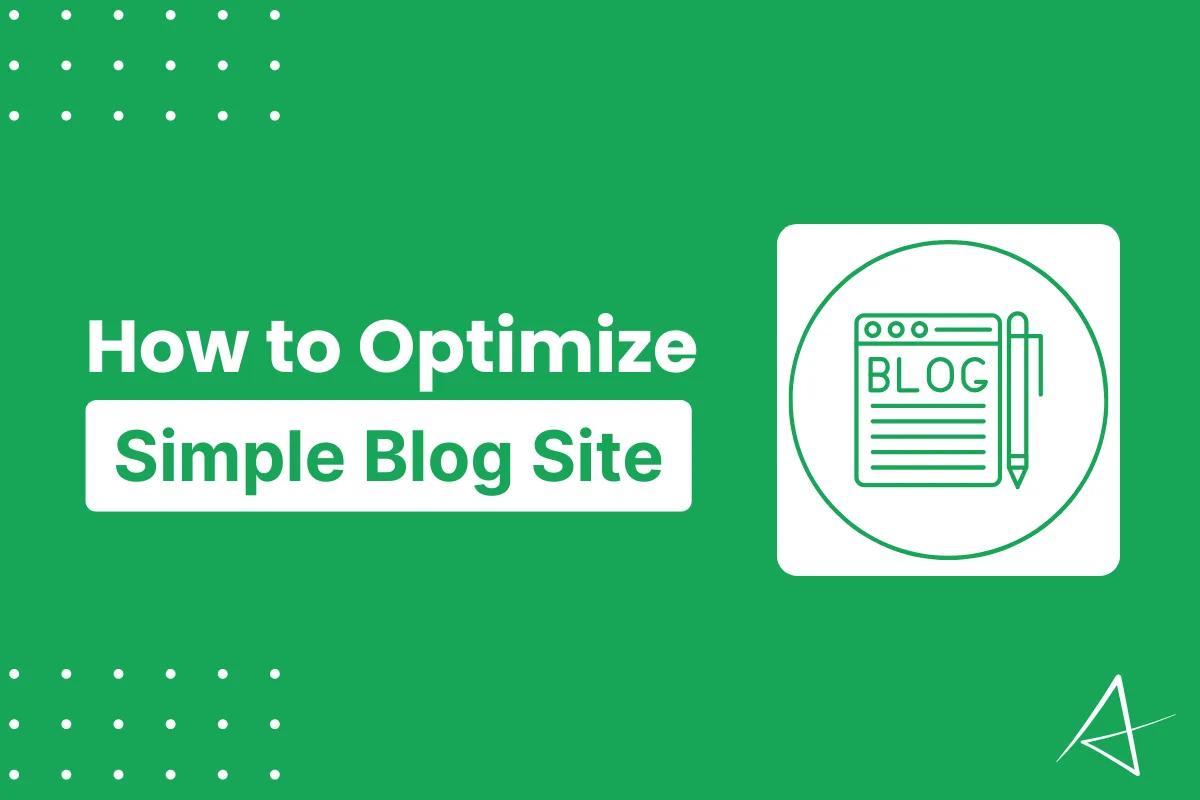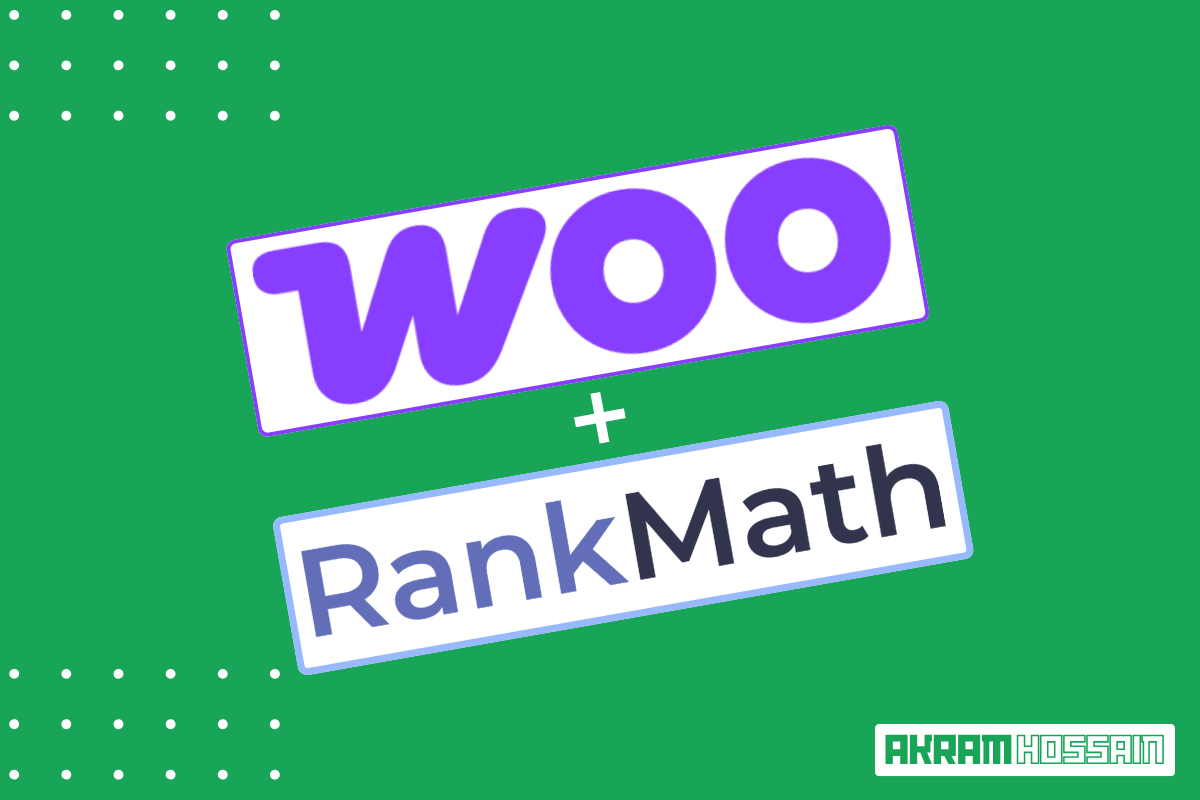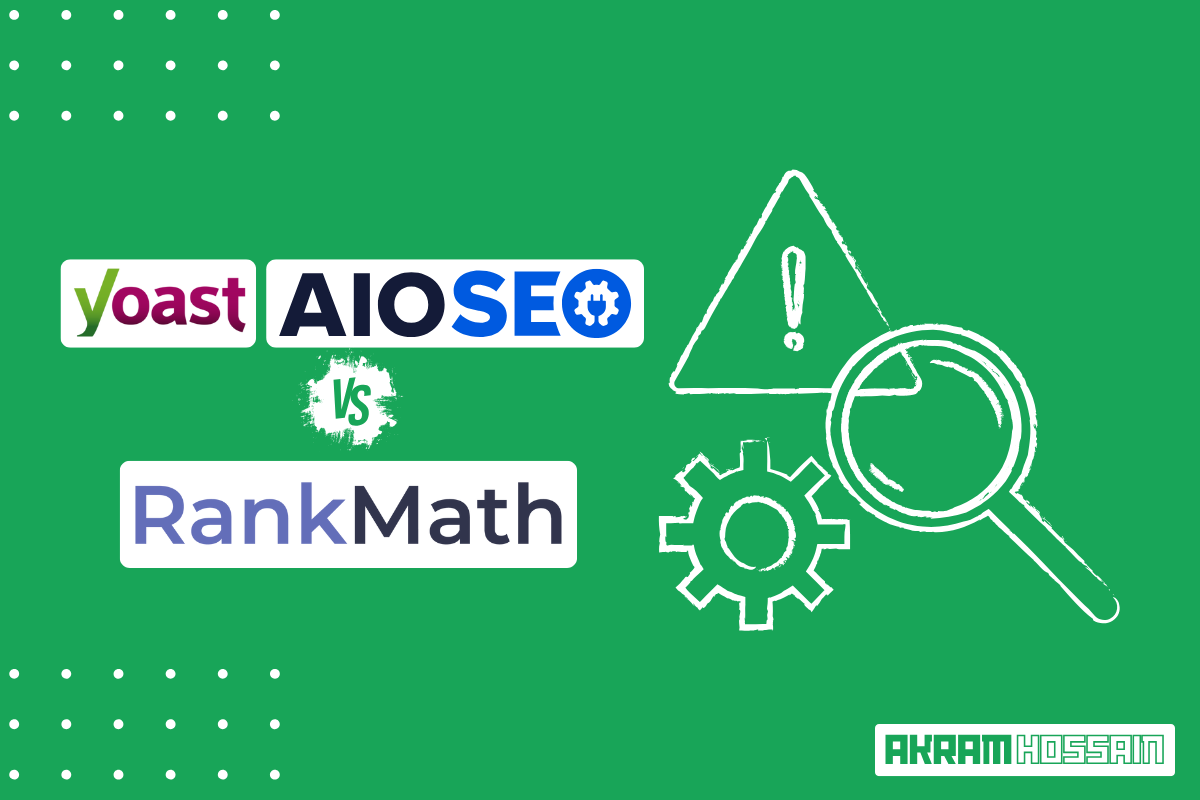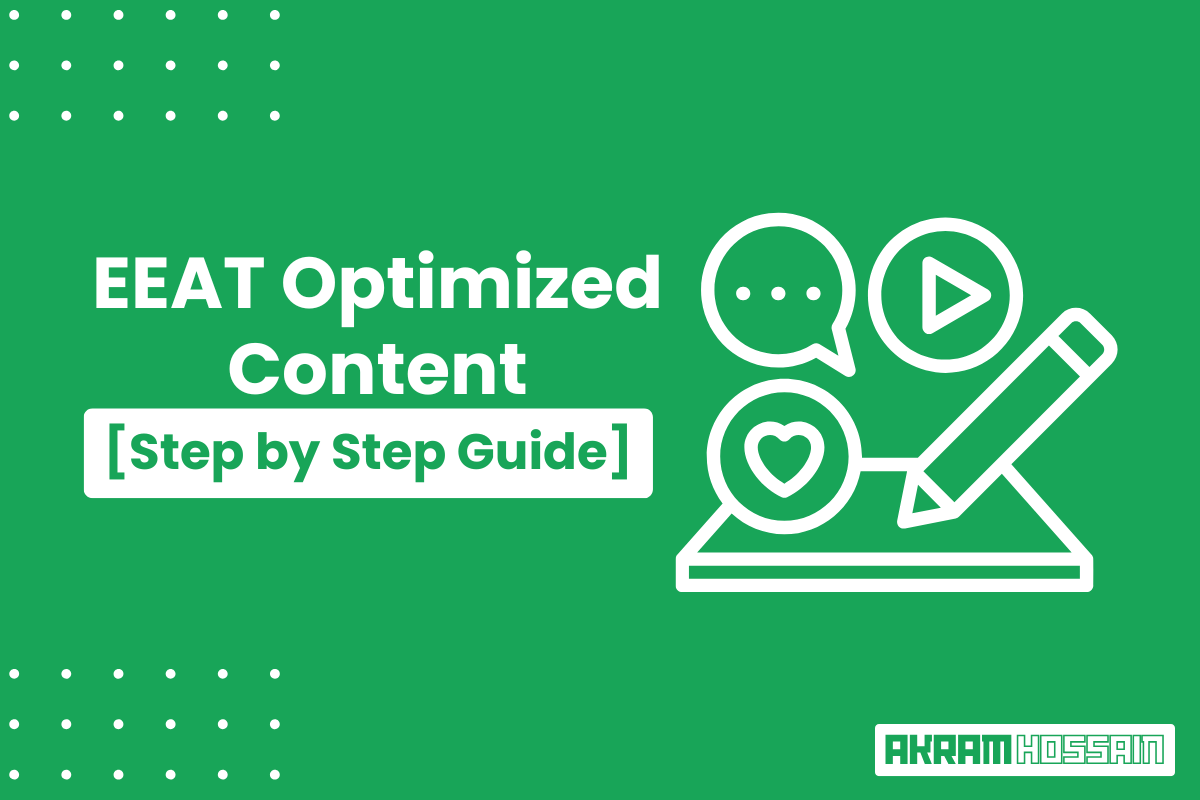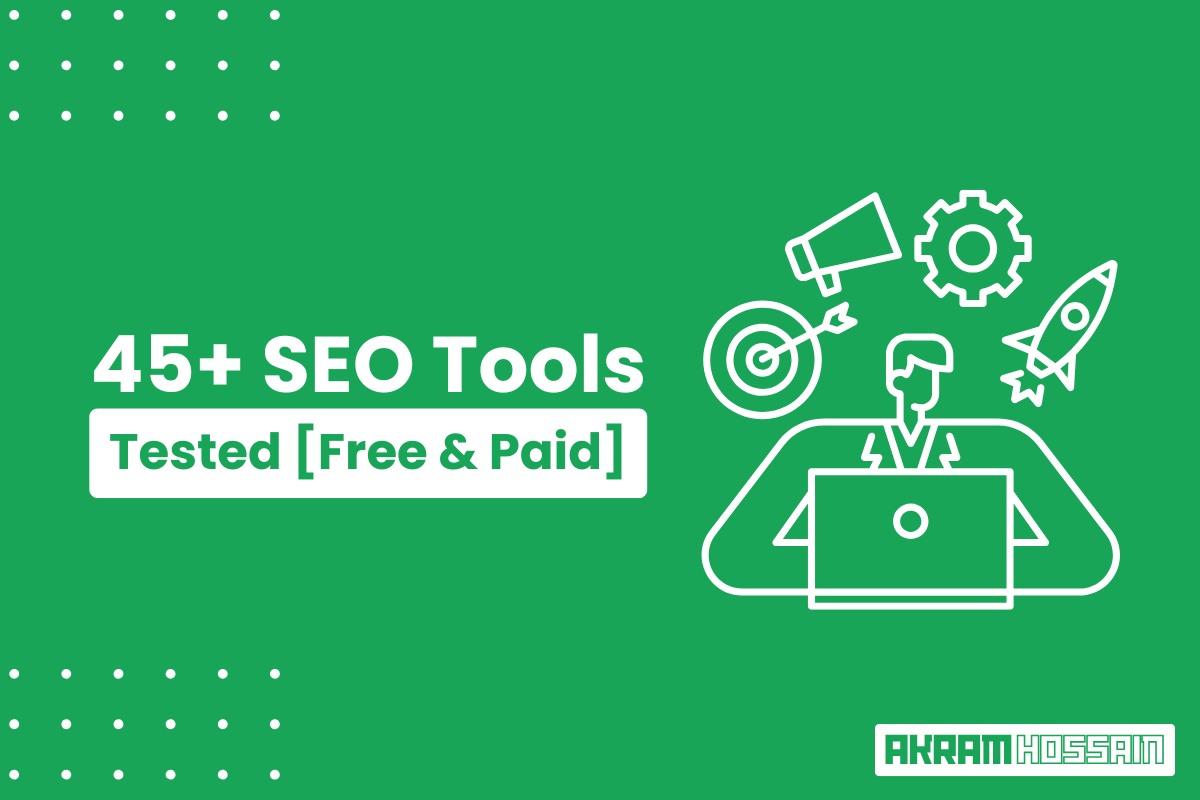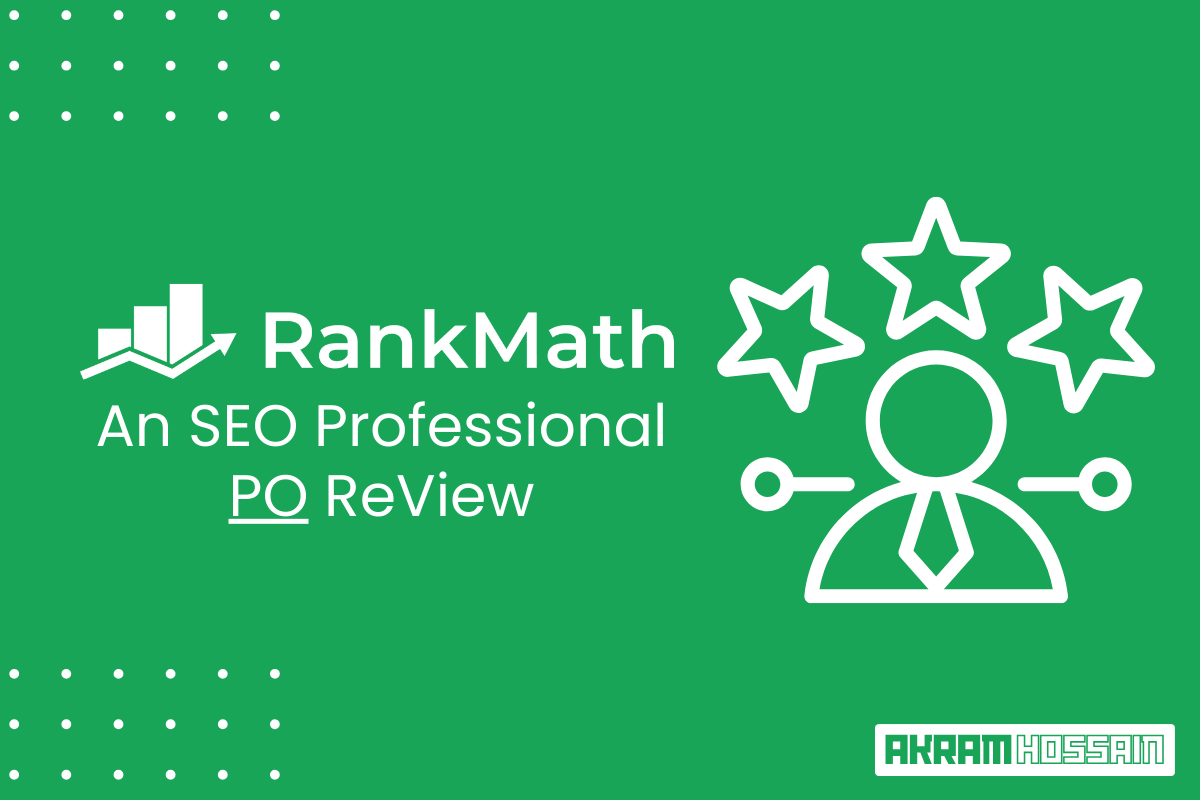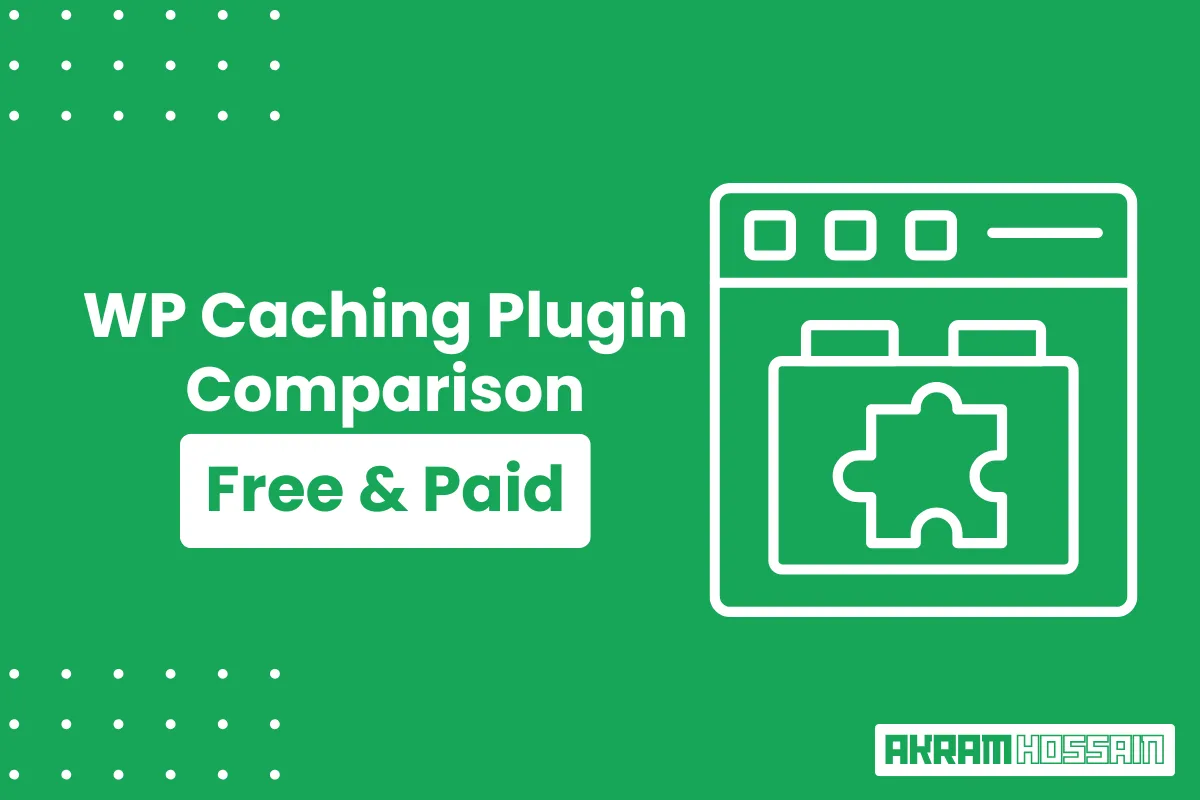Every website needs to optimize for its audience, browsers, as well as Search Engines like Google. But what’s the landmark for the optimization of each site?
In this blog, I will explain how and how much you should optimize your blog site for all of these aspects.
What is a Blog Site?
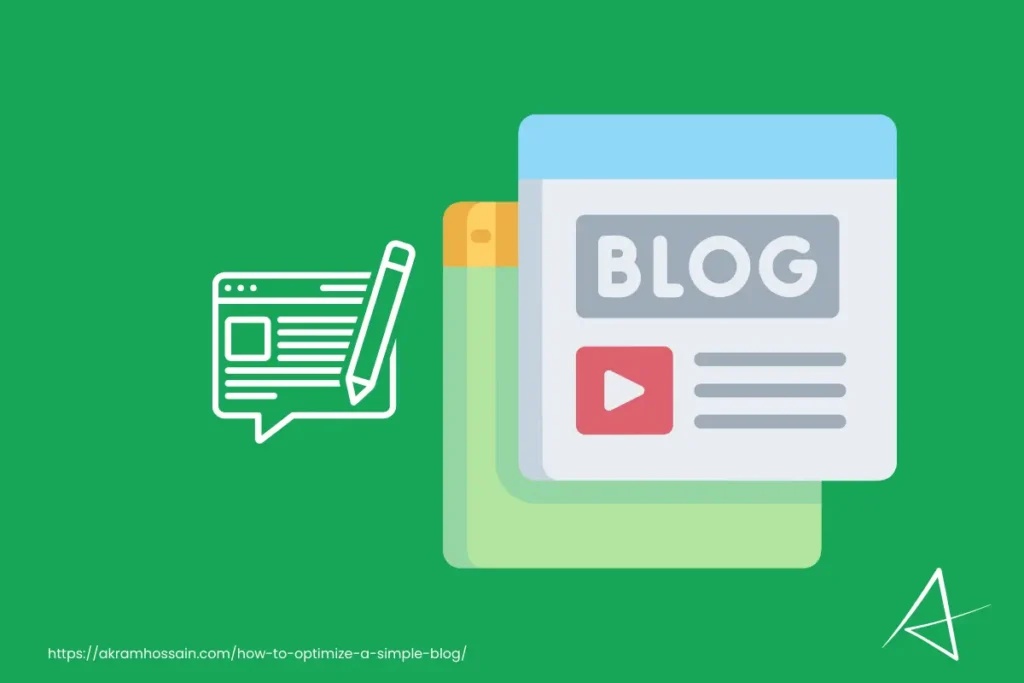
A blog site is a content-based website where an individual or group of people publish posts on a regular basis based on particular niches or topics.
The blog site contains a minimum number of pages, but it shares the knowledge with its blog posts on a regular basis.
When you start a blog site, you are a single person who manages your site from the web development part to content publishing and optimization.
I assume you are alone, and you single-handedly handle your site, and you know nothing about SEO optimization.
Let’s come to the main topic: how much should you optimize your blog site as a single person?
TL; DR;
- Choose the best web hosting for your site. Initially, you can choose shared hosting.
- Choose the fully responsive and SEO Optimized theme template.
- Customize it according to your own brand and scheme.
- Published quality content and launched your site.
Choose the Best Web Hosting for Your Site
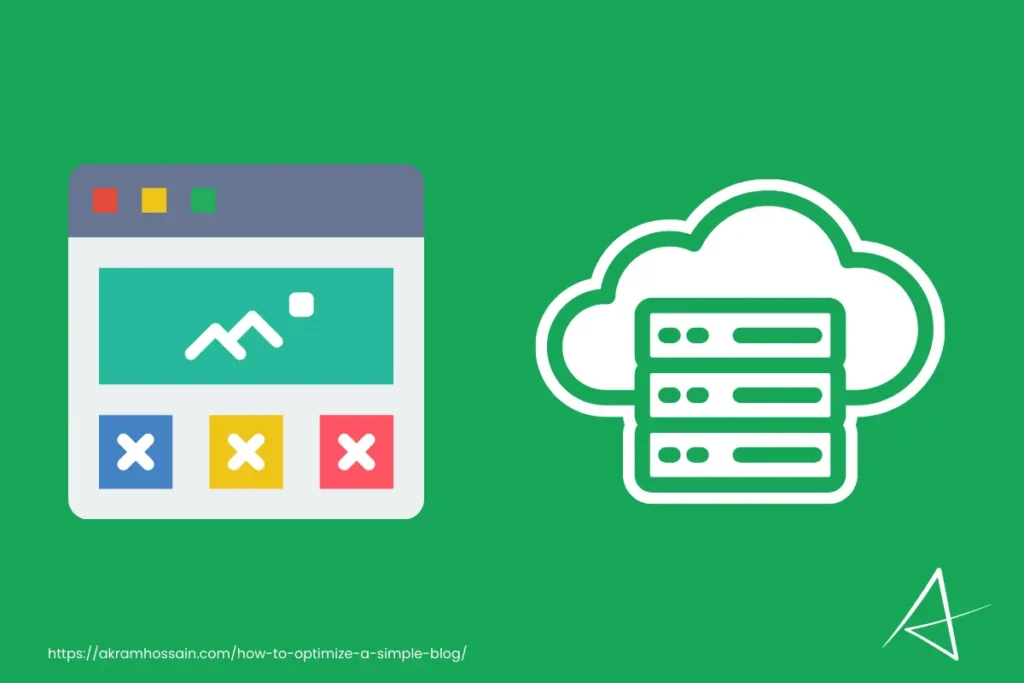
Always try to choose the best web hosting for your site, which will ensure a 99.99% uptime, so you won’t lose traffic.
Keep in mind that losing traffic due to downtime may give Google a bad impression of your site. As a result, you may face a drop in Search Engine rankings.
If you have a tight budget from the beginning, Choose my recommended hosting providers.
1. Hostinger. (one .com, .net, .org domain is free for the first year)
2. Namecheap.
For a cut-to-cut budget, you can choose any one of them to start, later you may change the hosting plan based on your site traffic quantity.
Install a Basic Theme for Easy-to-Optimize

You don’t need to install a heavy or complicated theme for your blog site; keep it simple and faster to load the website.
Some of the ready-made and SEO-optimized themes are the following;
These are completely free, and you will get a lifetime update of them, also they provide some faster loading and SEO-optimized starter templates that help you to create your own site with a few clicks.
Using any of them, you may get the fully optimized and ready-to-launch website within 2 minutes.
Choose the starter template for any of them;
I hope you choose the best one for your site, but I’m giving some tips and advice here.
Just focus on the single page, where your content will be displayed for the audience (mean readers).
Single-page means that when you publish a blog post from the backend of your site, and it shows in the front end for the readers, that is the single page of a website.
The optimized single page makes readers happy and eager to read your content from top to bottom.
Finalize The Website Navigation Menu

First thing first, you are running a blog site; you just need simple menu items where you can display necessary information and pages.
Here are the important menu items below;
- Home
- Blog
- Contact
- About
These four pages are enough to set up a navigation menu for a blog site. Later, you can add more pages if you think you should. But initially, these are much more than enough.
But these are not the final pages for a legal website. You have to add legal pages that comply with the EEA, UK, and USA user data protection policies and other laws.
What are the Legal Pages?

Legal pages are important pages on a website where the site owner or company declares and records the user’s use policy when someone visits their site.
In simple words, when you use a site, the site owner uses your information, such as your IP address, country, browser’s cookies, and other information. These are crucial for your internet journey. However, they are responsible for using this type of information for their marketing and user experience improvement purposes.
Using a site, your browsers store some small but important information with a single file, we call it Cookies.
Cookies play an important role in serving your information to the site owner, and they use it for user analysis, communication, and marketing purposes.
Here are some legal page names;
1. Terms and Conditions/Terms of Services
2. Privacy Policy
3. Cookies Policy
4. Return and Refund Policy
5. Disclaimer/Disclosure
6. GDRP Compliance
And you might see many more of your life on different websites. But these all do not apply to your blog site.
You just need these pages;
· Terms and Conditions
· Privacy Policy
· Disclaimer
These three pages are enough to run your blog site smoothly without any complications by the laws. But you should, as a lawyer, complete your further information for your site if you are in legal territory.
Tips: You can ask Gemini of Google to generate the terms and conditions, privacy policy, and disclaimer for your website. Just input your site name, company name, contact information, and other necessary information. Hope it helps.
Optimize Your Website Header

I have written a full blog about how to optimize website headers for any website. You can read and apply on your blog site.
Hence, I’m writing down some extra tips for your simple blog site.
Logo: According to your brand or blog name, design a simple and copyright-free logo for your blog. It doesn’t have to be the best one. Just a simple, recognizable logo is enough for your site.
Menu Items: Add important pages in the header area so that users can easily navigate your site. I mentioned above the necessary menu items.
Search Box: You can add a search box in your header area that helps users find their desired blog or information without navigating the whole site.
These elements are much more than enough for a simple blog site. And fewer elements help to load a site faster.
Optimize Footer Area
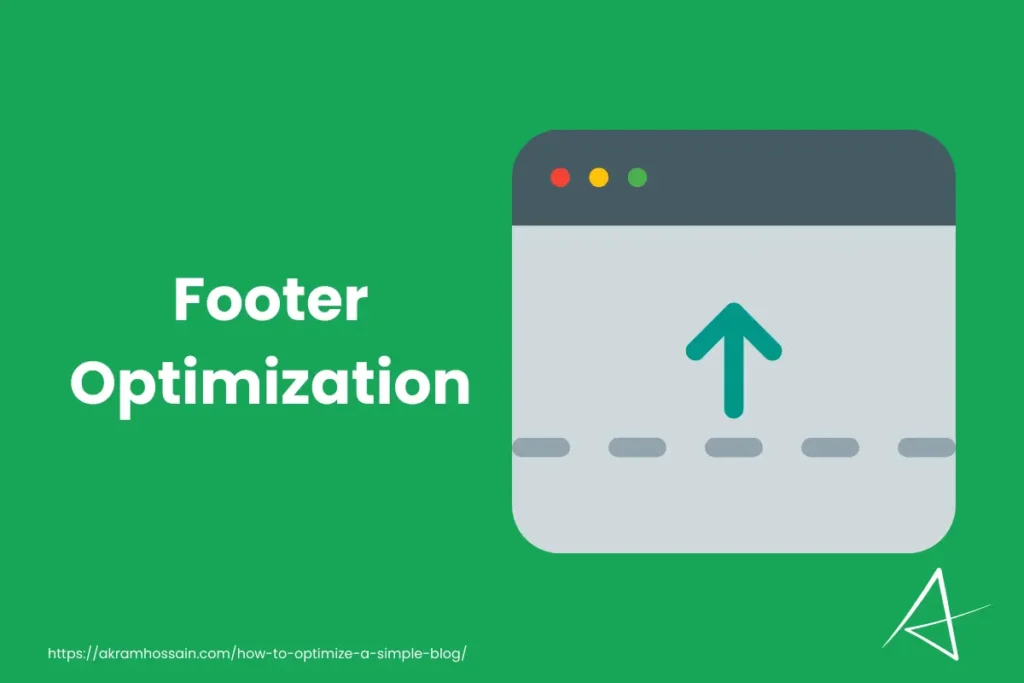
Like the header portion, you need to optimize the footer area. Luckily, the footer area of the Astra, Rishi, and Kadance themes is already organized and easy to customize for a newbie.
You don’t have to brainstorm to make it informative and accessible for your users. Use their drag-and-drop editor and customize it accordingly.
You can set these things in the footer area;
· Logo
· Site Description
· Social Media Icons
· Contact Details
· Legal Pages
· Categories
· Copyright/Trademark Notice
These are the essential things for the footer area. And you are good to go for this.
Internal Pages Optimization
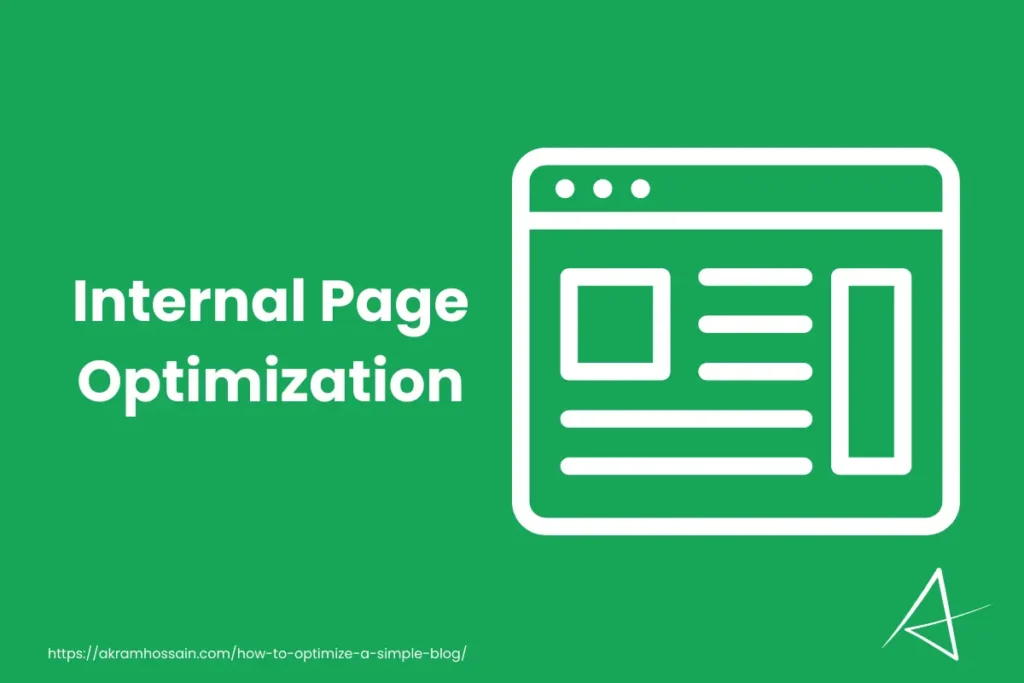
Internal Pages contains Home Page, Blog Page, Single Page, Single Post, and Archive Page. Let’s optimize the internal pages for your blog site with ease.
Home Page Optimization
Home Page or Front Page These have the same purpose, and when you enter an exact domain URL, it’s considered as a home page for a site.
For your blog site, the Home page isn’t much more crucial than other websites, but you have to provide some information on the home page so that users can see the different types of blogs, tips, and similar content on the home page.
Site-to-site home page design is different, but blog sites have no special elements on them except blogs based on categories.
Section by section, you just need to display the blogs for Category A, Category B, Category C, and others.
You can even add a Call to Action section for your special offers or special affiliations with any company or brand.
Call To Action (CTA) helps you to get higher clicks from it, and you can convert your readers into customers effortlessly.
I think I’m done with the Home page customization, but the Optimization part is based on On-Page SEO.
On-page SEO is a simple thing: keep your heading visible, and add visible elements so that users can easily recognize the elements to navigate your site.
For your best practice, you can read my on-page SEO optimization blog and get an idea of how to do it.
Blog Page
The blog contains all your site’s blog posts on a single page, displayed in descending order.
A blog page is one of the important pages of a blog site, and everyone knows that they will get all posts on a single page without visiting others.
Also, a Blog Page is important to separate other elements and make it only for posts. The blog is nothing special to optimize or customize, but you can customize it according to your own desires or perspectives.
You can add a newsletter in the sidebar or middle of the post archives. This will create a large organic email list and real readers, who will ultimately help you convert them into customers via email.
Simply put, you don’t need to optimize your blog page as the above-mentioned themes have already optimized it.
However, if you use different WordPress blog themes, you will have an optimized blog page for any theme. However, you can customize the blog page for extra features or branding.
Last Line
Optimizing a blog site isn’t a headache for a blogger, if you want a simple website, then you should choose the best WordPress demo and change the necessary information according to your own brand.
Just focus on your content and On-Page SEO that actually needed for your site. Also, technically optimized templates are ready to launch and you do nothing for it.
